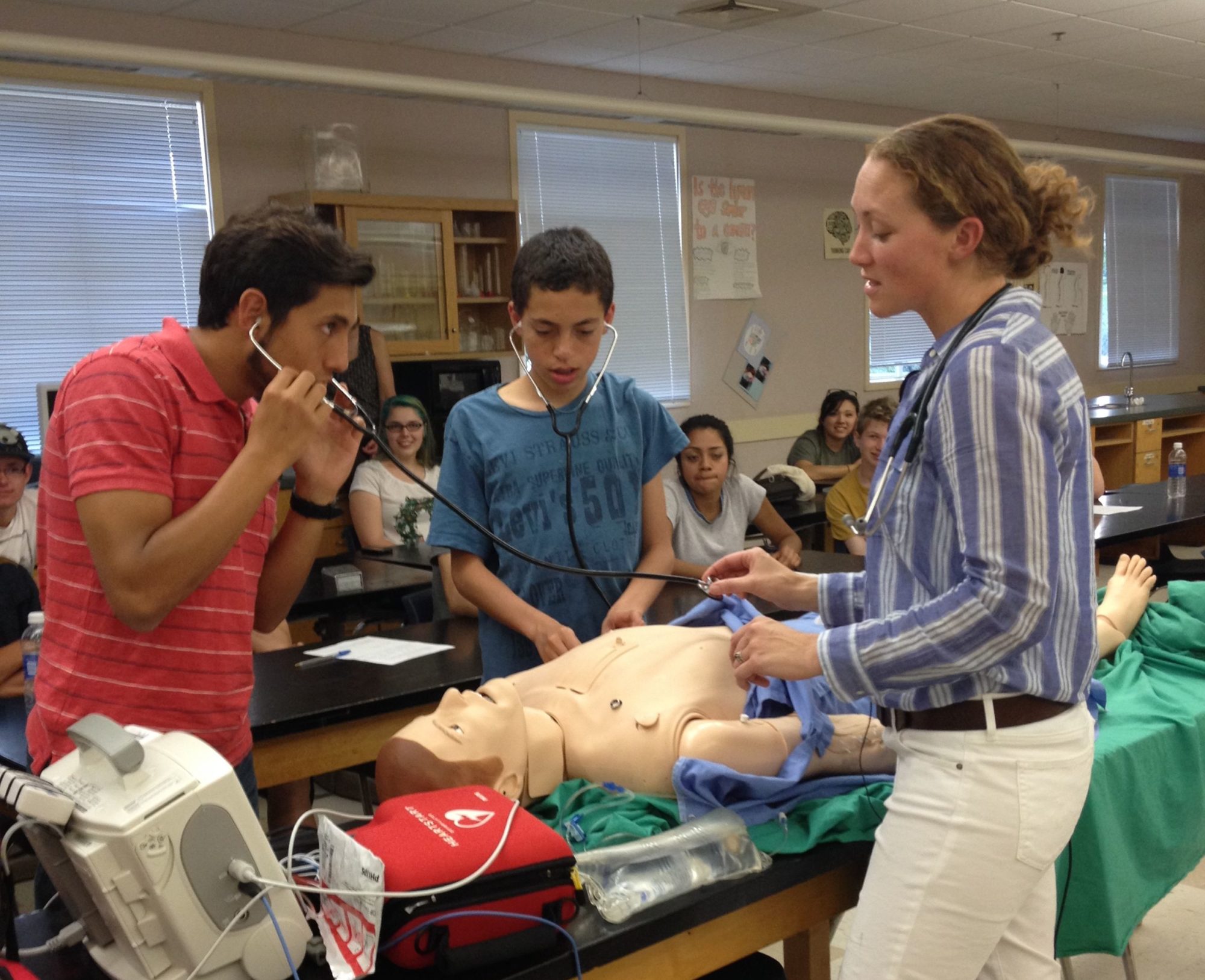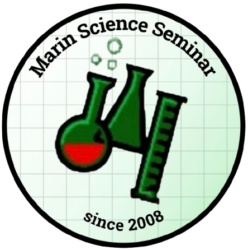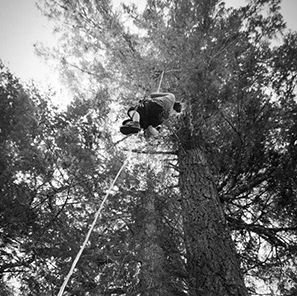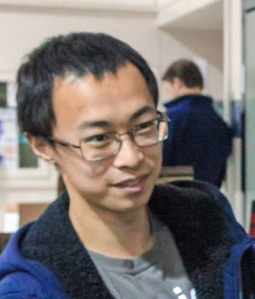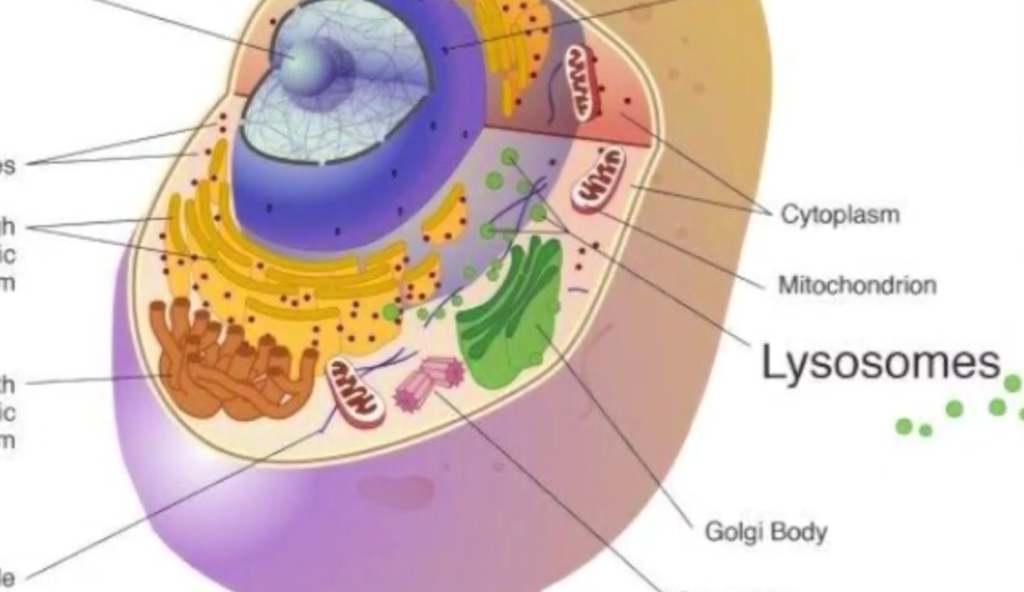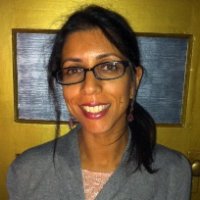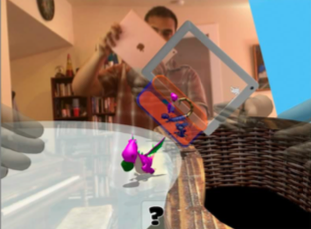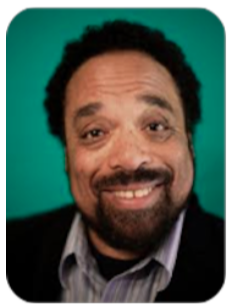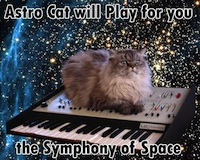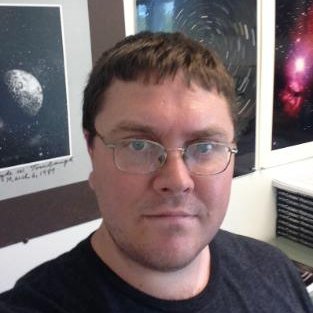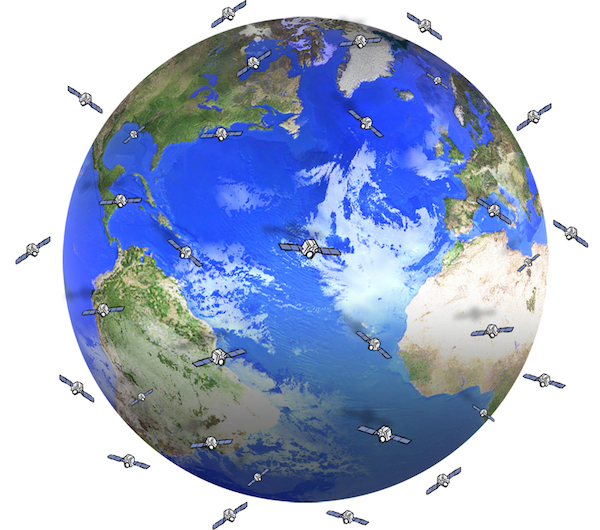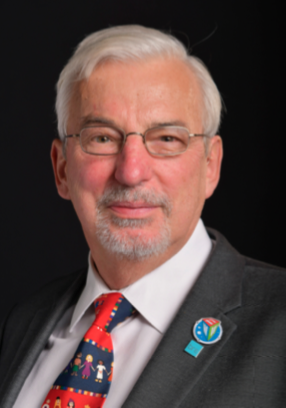Title: “Geoengineering and Terraforming: the manipulation of climate on Earth and other planets” with Warren Wiscombe Ph.D. of NASA Goddard
Date: Wed. January 29th, 2020; 7:30 – 8:30 pm at Terra Linda HS in San Rafael, Room 207
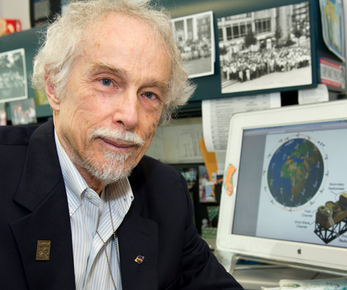
In 2010 ‘geoengineering’ entered the Oxford English Dictionary as ‘the modification of the global environment or the climate in order to counter or ameliorate climate change’. Geoengineering must be intentional, not accidental (as in the current global warming). And geoengineering is only a stopgap measure on the way to a renewable energy economy.
The safest and most predictable method of moderating climate change is to reduce greenhouse gas emissions. However, geoengineering may be useful to augment emission reductions. While some methods would incur gargantuan costs, notably the space-based ones, others are a relative bargain and technologically easy, notably putting aerosols into the stratosphere. While there are few technical showstoppers, geoengineering technology is nascent, and there are major uncertainties regarding its effectiveness, cost, and environmental impacts.
Terraforming, a much more radical version of geoengineering, is the technology to make an alien planet more suitable for Earth life forms. Edgar Rice Burroughs hypothesized terraforming in his book “Princess of Mars”. Kim Stanley Robinson fleshed out the idea in his trilogy “Red/Green/Blue Mars”. If humanity is to escape extinction, it will have to learn how to do terraforming. Possible methods will be noted, but the field is barely in its infancy.
Bio: Warren Wiscombe got a BS in Physics from MIT and a PhD in Applied Math from Caltech. Starting in 1971, he spent his career working on radiative transfer aspects of climate, notably the interaction of sunlight with clouds and aerosols. From 1983 till retiring in 2013, he worked at NASA Goddard Space Flight Center. His core background is in e.m. radiation spanning wavelengths from UV to radio.
Links:
- Previous MSS talks: 2/13/19 – Merchants of Doubt: The Deeper Roots of Climate Skepticism; 10/16/19 – How Dangerous are Microwaves?
- Previous MSS talk – 1/4/18 – Exoplanets
- NASA Cubesat Satellite
- NASA Airborn Science Program
Facebook event: RSVP here
